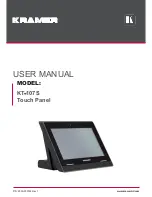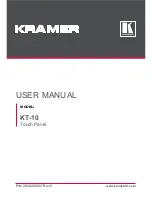
2
AEG STANDARD MODULE INSTALLATION MANUAL
GD202104 V1-21
EN
AEG GLASS-BACKSHEET (STANDARD)
SOLAR MODULES INSTALLATION
MANUAL
Thank you for choosing the reliability of AEG solar
modules.
This installation manual is intended for dealers and
installers involved in the planning, installation and
commissioning of photovoltaic systems deploying
AEG solar modules. These instructions provide you
with valuable information to ensure that your PV
installation runs smoothly and achieves optimal yields
over its whole lifecycle.
AEG solar modules are tested and approved by
acknowledged independent certification authorities
and can only be installed by qualified professional
companies.
Please observe the standards and regulations
applying to photovoltaic systems in the relevant
countries, as well as the rules of the employers’
liability insurance associations for accident protection.
Failure to comply with these can result in major
injuries and damage.
Keep this guide in a safe place for further reference
as it contains important information for product care,
maintenance and disposal.
1. PRELIMINARY REMARKS
1.1 Icons
This section describes relevant warning symbols
recurring in the installation and operation manual of
AEG solar modules. Icons highlight relevant information
for the physical and property safety of the user.
Compliance to the provided instructions is essential to
prevent physical injury and product damage. Below is a
list of the icons used in this manual:
Icon
Meaning
Instruction
Danger
Serious physical injury or
even death may occur in
case of noncompliance with
the requirement (electrical
hazard)
Warning
Physical injury or product
damage may occur in case of
noncompliance with the
requirement.
CONTENTS
1.1 Icons
2
1.2 Product Identification
3
2. Safety
3
2.1 General safety
3
2.2 Handling safety
3
2.3 Installation safety
4
2.4 Fire safety
5
3.1 General remarks
5
3.2 Mechanical installation
5
3.2.1 Bolting
6
3.2.2 Clamping
6
3.2.3 Insertion systems
7
3.2.4 Loading capacity
7
3.3 Electrical Installation and Grounding
8
3.3.1 General remarks
8
3.3.2 Electrical installation
8
3.3.3 Grounding
9
4. Maintenance
10
4.1 General mainteance
10
4.2 Cleaning
10
4.3 Module End of Life
10
5. Disclaimer of Liability
11
6. Contact
11





























